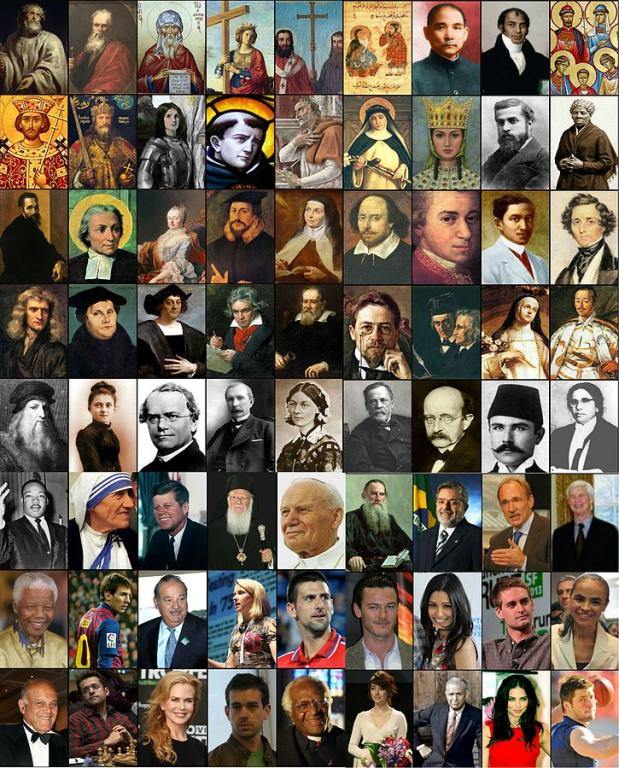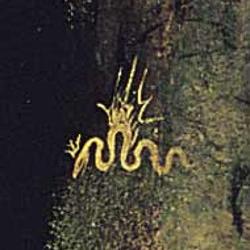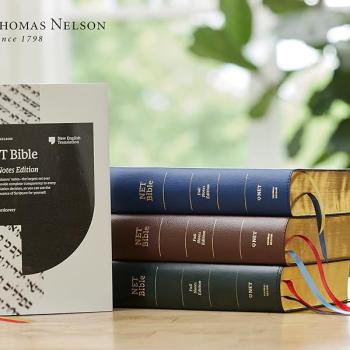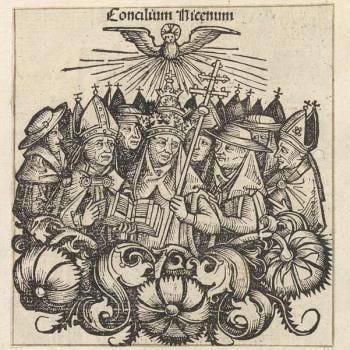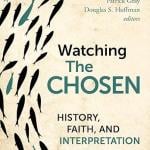Prof. Trueman goes on to make the point is that Pope Francis agrees with Erasmus that Christianity should be more about kindness than dogma, love more than faith. The same could be said of others who, as they say, identify themselves as Christians, including factions within denominations and congregations.
This got me thinking of other ways of drawing the lines, “of dividing up the various traditions that claim the name ‘Christian.'”
We are most familiar with Protestants and Catholics. That leaves out the Orthodox, who are sometimes called “Eastern Catholics,” though their home seems to be in the Evangelical Channel here at Patheos.
We could make the distinction between Monergists, those who believe that God accomplishes everything for our salvation (Lutherans, Calvinists) and Synergists, those who believe that we must co-operate with God in our salvation (Catholics, Arminians, Pentecostalists, most Evangelicals).
Also between Sacramental Christians, for whom Baptism and Holy Communion are efficacious (Catholics, Orthodox, Lutherans, Anglicans) and Non-Sacramental Christians, for whom these rites are essentially symbolic and secondary (Calvinists, Arminians, evangelicals, Pentecostalists, liberal Protestants).
A distinction already being made is that between Conservatives (Lutheran Church Missouri Synod, Presbyterian Church of America, Southern Baptists, Wesleyans, Pentecostalists; Anglican Church in North America, conservative Catholics) and Liberals (Evangelical Lutheran Church in America, Presbyterian Church USA, American Baptists, United Methodists; Episcopalians, liberal Catholics).
We could distinguish between churches that are pro-life (Catholics, Orthodox, evangelicals, Pentecostals, conservatives) and those that are pro-abortion (mainline Protestants).
Notice the strange bedfellows and the curious potential alliances.
Can you think of other classifications?
Illustration: Collage of Famous Christians By Jobas – self-made from cropped versions of:Other photos. Creative Commons: CC BY-SA 4.0. via Wikipedia, https://commons.wikimedia.org/w/index.php?curid=45280451. For the identification of individual photos go here.


